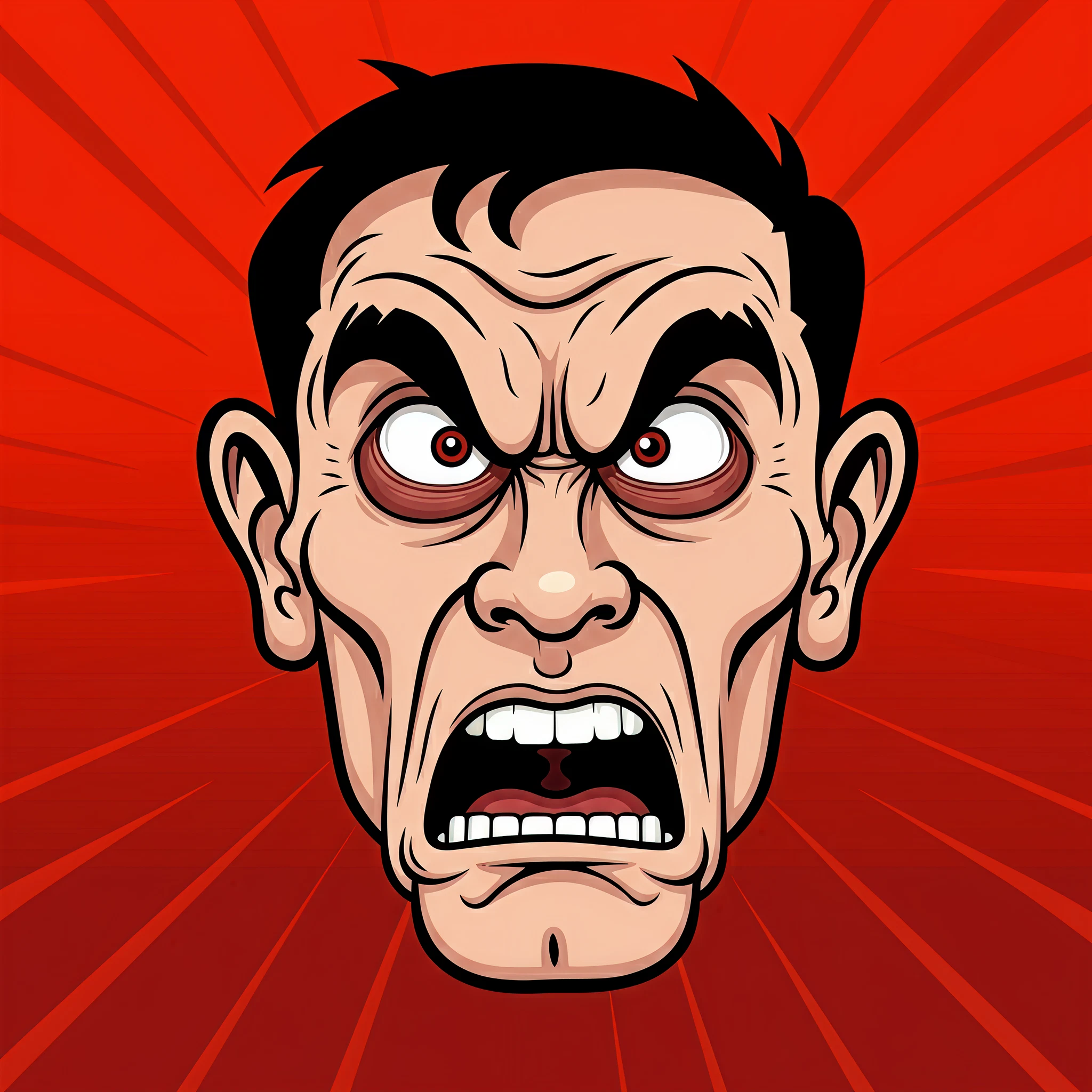Memes have held a prominent place in the digital world for decades, but few have left as much of a cultural impact as the “Rage Meme Face.” Born on early internet forums, these amateur, highly expressive doodles have gone on to become universal symbols of emotions, transcending language barriers and embedding themselves into digital communication.
Whether you’ve encountered the iconic “Troll Face” smirk, the despair of “Forever Alone,” or the hilarity of “Cereal Guy,” rage meme faces are a staple of internet humor. This article explores their origins, variations, cultural significance, and why they remain popular among meme enthusiasts to this day.
The Origin of Rage Meme Faces
Rage memes originated on the imageboard platform 4chan around 2007, initially as a way to create relatable comics using crudely hand-drawn faces to depict different emotions. Early rage comics were typically short and revolved around everyday frustrations—with much of the focus on humor and storytelling through exaggerated facial expressions.
One of the earliest characters, “Rage Guy,” was introduced to express everyday annoyances in life, complete with a fiery “FFFUUUU” scream. Over time, other characters like “Troll Face,” “Me Gusta,” and “Okay Guy” joined the lineup, each representing a specific emotion or reaction.
According to Dan Awesome, creator of Rage Maker, one of the tools dedicated to generating rage comics, the simplicity and universality of these expressions allowed them to resonate with audiences worldwide—even across language divides.
Evolution and Variations
Rage faces didn’t remain confined to 4chan; they found their way into Reddit’s F7U12 subforum, FunnyJunk, and countless other online communities, where new characters and formats began to emerge.
Popular Rage Faces and Their Meanings
Here’s a quick look at some iconic rage face characters and what they represent:
- Troll Face (The Prankster): Known for its devilish grin, this face embodies self-satisfaction after successfully trolling others.
- Forever Alone (The Loneliness:): Reflects feelings of isolation, self-pity, or social awkwardness.
- Me Gusta (The Guilty Pleasure): Expressing enjoyment, often in unconventional or bizarre situations.
- Cereal Guy (The Skeptic): Depicts a person making sarcastic comments or being proven wrong with dramatic expressions of surprise.
- Okay Guy: Resigned to life’s frustrations, this character quietly endures whatever comes its way.
Evolution into Meme Diversity
Over time, rage faces diversified. Some were combined with modern internet humor trends, while others were reinterpreted by different cultures in unique ways. For example, “Me Gusta,” originally meant to express liking inappropriate things, evolved into a general symbol for any kind of pleasure.
Cultural Impact and Meme Relevance
Rage meme faces achieved global fame, partly due to their power to break language barriers. Their exaggerated yet simple emotions communicate universally, making them effective tools for digital storytelling.
Why Rage Faces Remain Relevant
- Timeless Universality: The raw, exaggerated expressions resonate across cultural contexts.
- Relatability: Rage faces capture the absurdity and frustrations of everyday life perfectly.
- Customization: Platforms like Rage Maker allowed users to adapt the faces to their own humor, keeping them culturally flexible.
- Nostalgia: Despite newer memes, rage faces evoke a sense of nostalgia for early internet culture, keeping them beloved among long-time users.
Their relevance has endured as they’ve evolved alongside the internet, now used as emojis or embedded in modern meme formats on platforms like Instagram, Reddit, and TikTok.
Rage Meme Faces in Context
The versatility of rage faces is unmatched. They can highlight absurd scenarios, deliver punchlines, or even tackle serious topics. For example:
- Humor and Satire: Comics depicting the minor irritations of life, like slow internet or spilling coffee, often feature rage faces.
- Social Commentary: Artists use rage faces to discuss serious issues, including racism and mental health, giving an emotional voice to stories that might otherwise go untold.
- Entertainment: Meme creators inject rage faces into relatable, hilarious scenarios like awkward social interactions or moments of indecisiveness.
How Rage Meme Faces Keep Their Popularity
Despite the meme culture’s constant evolution, rage meme faces maintain their charm through adaptation and a loyal fanbase. Below are some of the factors contributing to their lasting appeal:
- Community Ownership: Unlike other copyrighted characters, rage faces became communal. Platforms like 4chan and Reddit built an unspoken ideology that these faces belonged to the internet, resisting corporate commercialization.
- Digital Expression: Rage faces act as visual extensions of emotions, much like emojis, making them perfect for digital-age communications.
Closing Thoughts
The “Rage Meme Face” phenomenon highlights the internet’s unparalleled ability to turn simple visuals into global communication tools. These amusing illustrations started as rough, inside jokes but grew into a vital part of meme culture, bridging gaps of language and context.
For meme enthusiasts, rage faces are more than just a source of laughter; they’re symbols of the internet’s whimsical creativity and collective storytelling. Whether you’re a seasoned meme aficionado or someone discovering their charm for the first time, rage faces are here to stay, ready to put a smile on your day.
What’s your favorite rage meme face? Share your thoughts below!








